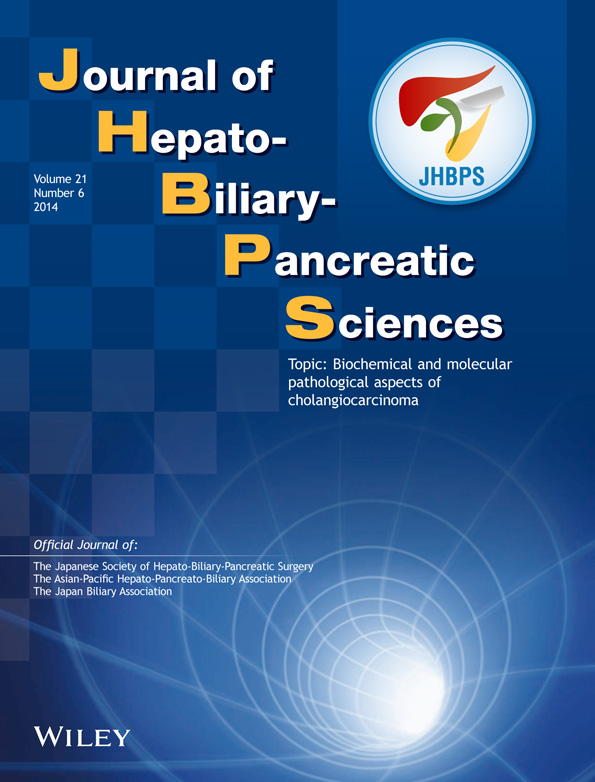Peroral pancreatoscopy using the SpyGlass system for the assessment of intraductal papillary mucinous neoplasm of the pancreas
Abstract
Background
Peroral pancreatoscopy (POPS) using a mother–baby endoscope system is often useful for assessment of intraductal papillary mucinous neoplasm (IPMN) of the pancreas with main pancreatic duct (MPD) involvement, but is not widely used for several reasons. The aim of this study was to evaluate the usefulness of the SpyGlass Direct Visualization System for assessment of IPMN.
Methods
Seventeen patients diagnosed with possible IPMN with MPD dilation underwent peroral pancreatoscopy using the SpyGlass system at our institution. The quality of visualization and the sensitivities of cytological and pathological investigations for diagnosing malignant lesions were evaluated.
Results
Peroral pancreatoscopy was performed using the SpyScope in 12 patients and an endoscopic retrograde cholangiopancreatography (ERCP) catheter in five patients. Sufficient visualization was achieved in 92% of cases using the SpyScope and 40% of cases using the ERCP catheter. Biopsy under direct visualization was successful in seven patients. Biopsy specimens showed adenocarcinoma in one patient, benign neoplastic epithelium in five patients, and regenerative changes in one patient; and had 25% sensitivity and 100% specificity for detecting malignancy. SpyGlass pancreatoscopy with irrigation cytology had 100% sensitivity and 100% specificity for detecting malignancy. SpyGlass pancreatoscopy was useful for determining the operative excision line in three patients. There were no severe procedure-related adverse events.
Conclusions
Peroral pancreatoscopy using the SpyGlass system seems to be feasible and useful for assessment of IPMN with a dilated MPD.




